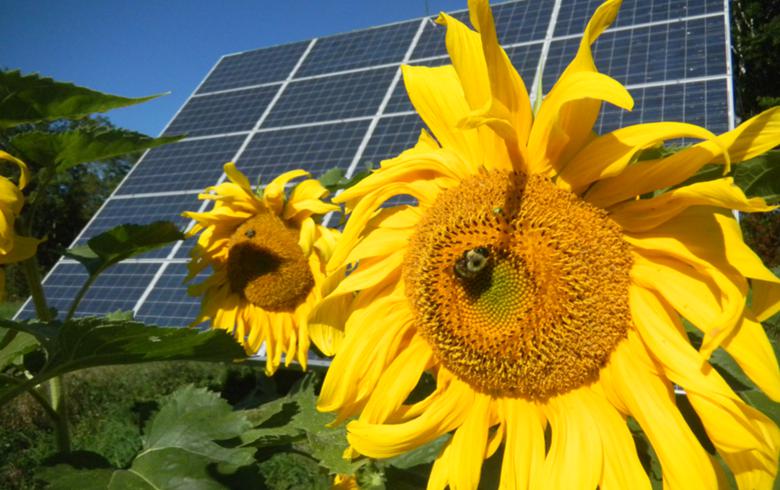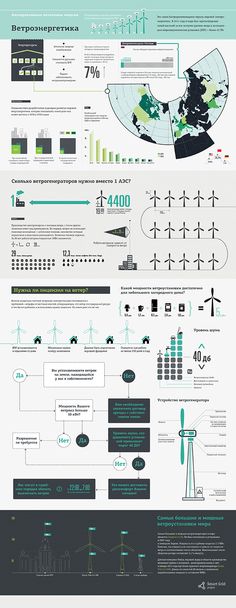OVERVIEW – Brexit charts uneasy future for renewables
Jun 24, 2016 15:08 CEST
June 24 – The UK yesterday voted to leave the EU and as Prime Minister David Cameron announces he will also leave after “steadying the ship”, SeeNews Renewables tries to peak into the future and picture what Brexit looks like for the renewables industry both in and outside the UK.
The “world’s most complicated divorce” will obviously have a huge impact on the UK’s policies in the field of environment and energy as well as on the overall climate policy in the EU, the world’s largest political and economic bloc with a combined population of 500 million people.
MARKET TURMOIL
The markets all over the world have largely bet on the BRemain option and today they are getting to grips with the BRexit reality. In the opening minutes of trade, the FTSE 100 index fell more than 500 points to 5,808.72.
Earlier, the value of the pound fell dramatically as the referendum outcome emerged. At one stage, it hit USD 1.3305, a plunge of more than 10% and the lowest level since 1985.
Mark Carney, governor of the Bank of England, tried to sound reassuring, saying some market volatility can be expected following the UK’s decision to leave the EU, “but we’re prepared for this”. Carney said the central bank was ready to provide GBP 250 billion (USD 347.3bn/EUR 312.2bn) of additional funds to support financial markets.
POLITICAL FALLOUT
Prime Minister David Cameron said he will step down by October after “steadying the ship over the coming weeks and months”.
The political leadership of Britain has never been more uncertain and this uncertainty extends to the policy and regulatory framework for renewables as well.
UK’s renewables incentive programme was born thanks to pressure from the EU and country-specific targets for reducing dependency on carbon-based energy. Unlike the Kyoto or Paris agreements, these targets are not voluntary, but legally binding and member states can be fined if they do not deliver. The absence of EU guidance poses a big question mark as to how the UK regulatory framework for renewables will be redesigned beyond 2020.
On the other hand, the EU is often criticised for imposing requirements that needlessly complicate the investment process and add extra costs. Inflexible state aid rules that currently hamper the different treatment of offshore and onshore wind with regard to the Contracts for Difference (CfD) regime are just one such example.
“It’s a huge paradox that Brexit could result in a system where it is easier to develop renewables infrastructure in the UK, but no strong incentive to make it happen,” Jennifer Ballantyn, legal specialists at international law firm Pinsent Masons, commented before the Brexit vote.
Overall, an exit from the European Union is unlikely to interfere with the UK’s emission reduction targets. These are established at a national level under the Climate Change Act 1998. The renewables targets, however, are set under the guidance of the EU. In light of the recent cuts to support programmes for solar and onshore wind, the future of the industry on the island does not look very bright.
DO AS THE PEOPLE SAY?
People who are most in favour of exiting the EU are also groups and individuals with the most regressive ideas on climate and renewable energy, surveys show.
A telephone poll in early June by ComRes, a member of the British Polling Council, showed that among Brexit supporters one in five does not believe in man-made climate change.
The ComRes survey also shows that Leave voters are 70% more likely than Remain voters (36% versus 21%) to be against wind farms, so a policy shift away from clean energy is not unthinkable, if politicians decide to go for the populist vote.
On a more positive note, Keith Patterson, Head of Renewables at Brodies LLP commented in May that “Brexit would have an impact, but not so much on the destination or direction of travel, more on how that path to the future is constructed. Whether that would be smooth or bumpy is really anyone’s guess”.
ENERGY BUSINESS AS UNUSUAL
Brexit means the British government may choose to remain in the European Economic Area (EEA), as is the case with Norway, or follow the example of Switzerland and limit its participation to the European Free Trade Area (EFTA).
The EEA option would still require the UK to abide by EU law in certain areas, including renewable energy targets and membership of the European Emissions Trading Scheme (ETS).
Solar power development may actually profit from Brexit, as the EU anti-dumping and anti-subsidy measures for cells and modules from China tend to artificially inflate the cost of China-made solar panels by about 10%.
Yet again, the rate of value added tax (VAT) applied within the UK may be impacted by Brexit, affecting the cost of essential equipment such as wind turbines, solar panels, labour and capital costs.
Leaving the EU would most certainly slow progress of large cross-border infrastructure projects like interconnectors, which is key to businesses trading with electricity. At present, the UK imports a significant amount of electricity from abroad, mostly from France.
The UK anaerobic digestion sector and the production of biogas could possibly suffer as the UK would no longer be required to comply with EU waste and recycling directives within the Circular Economy package. Less ambitious regulations would affect separate food waste collections thus limiting the sector’s growth.
Britain’s leaving the EU will affect the most funding for innovation in the sciences, business, and engineering, much of which is provided by the EU. The EU funds that could be affected in this way include the European Research Council (ERC), tenders for the Directorate-General for Research & Innovation, Horizon Prizes, Innovation Union, etc. Particularly hit would be the UK universities and companies involved in research and development.
“The vast majority of our members had fears of Brexit, and we will be consulting with them and government in the coming weeks to set out a plan for continued low carbon energy investment, deployment and assurance of the 117,000 jobs in this sector,” said Dr Nina Skorupska, Chief Executive at the UK’s Renewable Energy Association.
“This result (Brexit) raises serious questions for investor certainty, energy security and much needed investment in the UK energy infrastructure,” she added. “Energy policy must be a priority for the government now, with industry needing reassurance and ministerial clarity on priorities. The first in this list must be confirmation of the 5th carbon budget, which will hopefully give some confidence in the long-term direction of UK energy policy.
Recommends:
 30000mAh Dual USB Portable Solar Battery Charger Power Bank For Cell Phone Samsung Htc Ipad
30000mAh Dual USB Portable Solar Battery Charger Power Bank For Cell Phone Samsung Htc IpadDescription: Color: Black. 30000 mAh portable solar charger power bank w/ adapters Solar panel: 1.5W Capacity (mAh): 30000mAh Char…
 Solar Charger, Solar External Battery Pack, iBeek® Portable 12000mAh Dual USB Solar Battery Charger Power Bank Phone Charger with Carabiner LED Lights for Emergency Cell Phones Tablet Camera (Orange)
Solar Charger, Solar External Battery Pack, iBeek® Portable 12000mAh Dual USB Solar Battery Charger Power Bank Phone Charger with Carabiner LED Lights for Emergency Cell Phones Tablet Camera (Orange)Features:
1. 12000mAh high capacity lithium battery, can recharge itself under sunlight.
2. Dual USB charger ports, universal …
 EasyAcc Classic 15000mAh Solar Panel Power Bank with Flashlight External Battery Portable Charger for iPhone Samsung Smartphones Tablets Bluetooth Speaker – Black and Orange
EasyAcc Classic 15000mAh Solar Panel Power Bank with Flashlight External Battery Portable Charger for iPhone Samsung Smartphones Tablets Bluetooth Speaker – Black and OrangeEasyAcc – make it easy
EasyAcc PowerBank – make it easy to keep running
Why choose the EasyAcc PB15000SP Powerbank?
Cha…
Solar Power Bank


